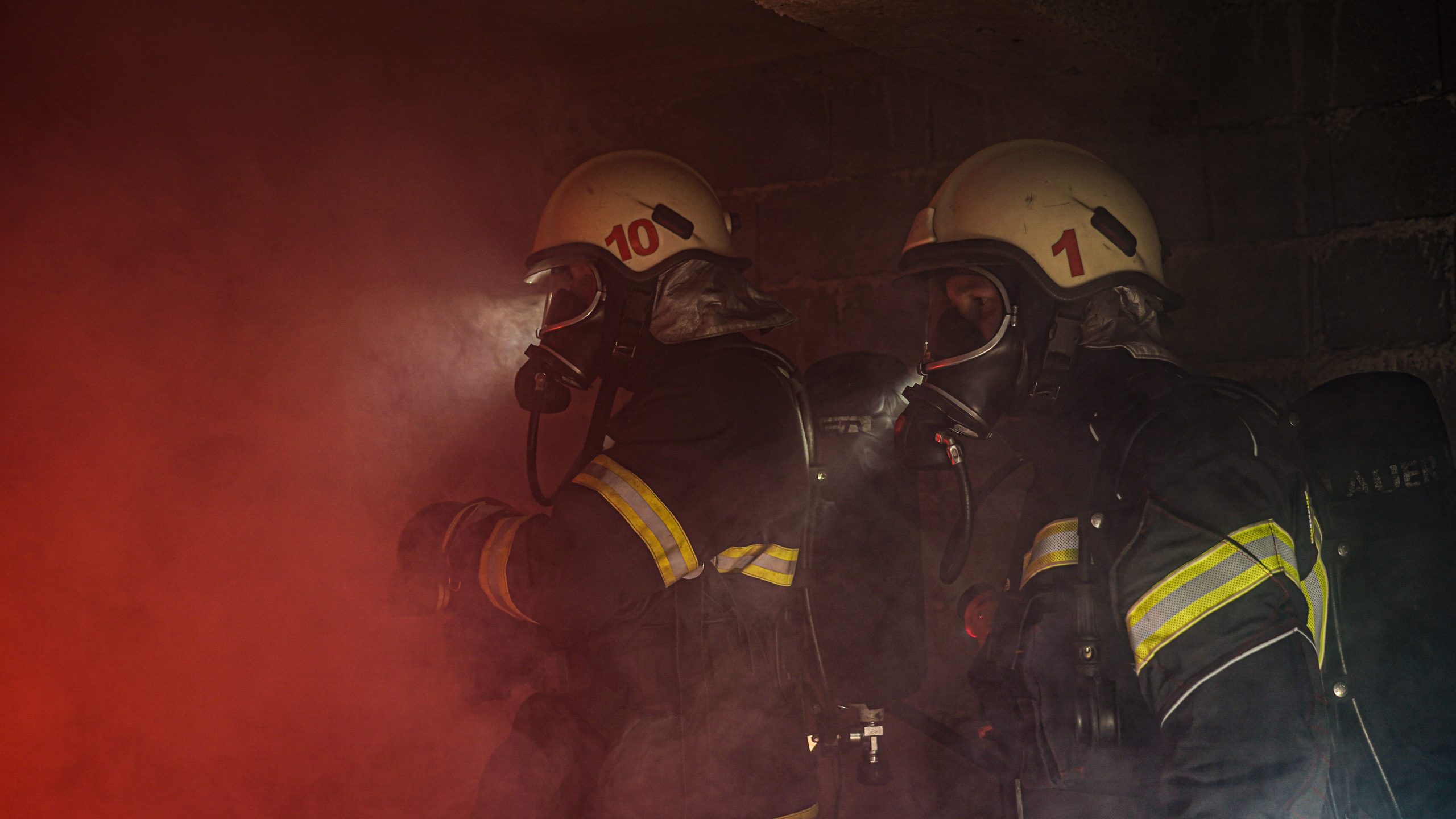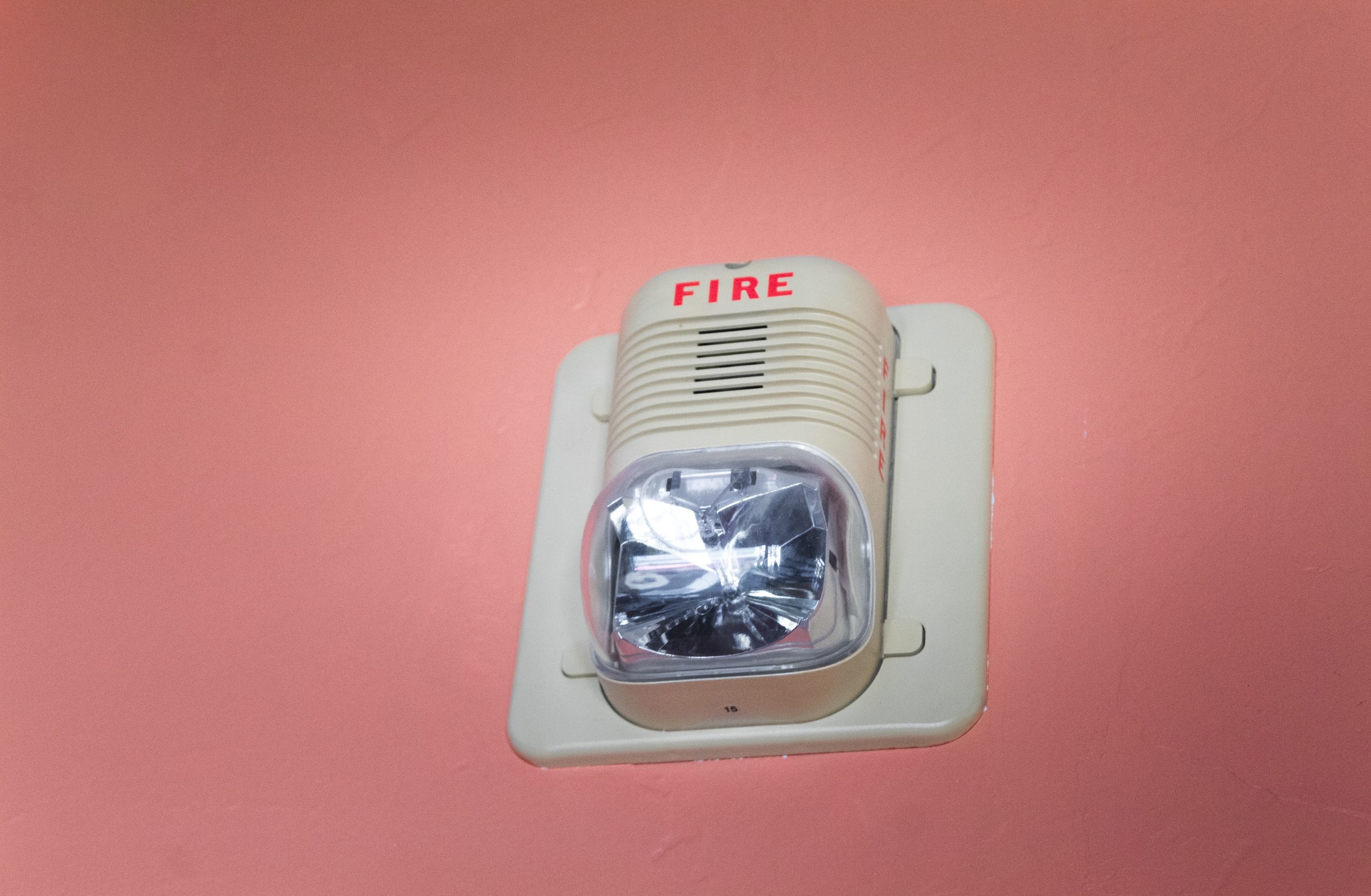139 Chapter One- Lesson Three
Chapter Essential Questions
- What should be included in community safety plans, and how are they implemented during emergencies?
- Should community members be informed about safety plans, and how?
- How can prevention be accomplished, and what types of incidents can be prevented?
- How does taking preventative measures enhance community safety?
- Why does partnering with local agencies like health clinics, police, and fire departments enhance community safety, and what can communities without these agencies do to secure their communities?
- What resources and funding are available to support First Nation communities for safety?
- What requirements can you implement in your community to establish more effective standards for safety?
- How is a safety proposal written?
Lesson 3: Essentials of a Fire Department
Outcomes
By the end of this lesson, you should be able to:
- Explain how having a local fire department can be a preventative measure;
- Explain what kinds of events firefighters would respond to;
- Explain how a fire department fits into a community safety plan;
- Describe topics that fire fighters can teach the community and how to set up these informational sessions;
- Describe ways to secure community fire department and available funding/resources; and/or create a Municipal/intergovernmental agreement with other nearby communities for preventative and emergency scenario.
Why is having a local fire department important?
Having a local fire department is a proactive and preventative measure in ensuring the safety of a community. These departments not only respond to emergencies such as fires, but they also provide fire prevention and safety programs that educate the community on how to prevent fires from happening. Furthermore, they conduct inspections to ensure that buildings and facilities comply with fire safety codes, which can prevent fires from happening in the first place.
Municipal fire departments typically provide services such as firefighting and emergency medical response. However, they may also provide specialized services such as automobile extrication, water rescue, and hazardous materials response. The provision of these additional services is determined by the needs and circumstances of the community.
The Office of the Fire Marshal (OFM) is responsible for overseeing the delivery of fire protection and prevention services by all fire departments. Each fire department is assigned an OFM Fire Protection Adviser who provides guidance and technical support to enhance the efficiency and effectiveness of their services.
In summary, having a local fire department is an essential preventative measure in ensuring community safety. These departments provide fire prevention and safety programs, conduct inspections, and provide emergency services to mitigate any risks and respond to emergencies in a timely manner. With the support of the OFM, these departments can continuously improve their services and ensure the safety of the community they serve.

Firefighter Responsibilities
Firefighters respond to a variety of emergency situations, including building or forest fires, automobile, airplane or train crashes, and medical issues. They are often the first to arrive on the scene. Firefighters are on-call day or night and quickly travel to the location of an emergency when a call comes in. Upon arrival, they assess the situation and receive instructions from dispatch, their superior officer or fellow firefighters.
They may assist with gaining access to a locked building, setting up ladders, removing debris blocking an entrance, or knocking out a window or wall to create an entrance. Firefighters attempt to rescue people or pets that are in danger or trapped at the scene, and they provide basic first aid and care. If a firefighter has EMT or paramedic certification, they can provide additional basic and advanced emergency treatment. Firefighters’ first responder responsibilities vary by emergency type, physical environment, and firefighter training, but they share similar tasks like multi-tasking in response to an emergency.
The crucial role of a fire department
The fire department plays a crucial role in community safety measures, undertaking initiatives such as fire prevention programs and inspections, as well as emergency response services. Additionally, the department works in tandem with other agencies to develop emergency response plans and ensure community readiness.
To further integrate fire departments into community plans, they can collaborate with religious institutions, schools, civic groups, elected officials, and businesses to heighten awareness about potential disasters and help establish contingency plans. By partnering with them, fire departments gain access to new resources, support, and community trust, leading to better brand recognition and enhanced recruitment efforts. Firefighters can also participate in key decision-making processes and gain support from community leaders in fulfilling their mission.
In addition, it is important for fire departments to be informed about the community development planning process when designing a new station. They can begin by researching the community profile, identifying potential partners, and forming a planning team, implementing data-driven strategies to pinpoint where they can intervene and evaluating their tactics to determine their efficacy.

Funding/resources for a fire department
There are a few different ways to secure community fire department and available funding/resources and/or create a Municipal/intergovernmental agreement with other nearby communities. Let’s discuss some of those methods.
1. Increase Funding: One way to secure community fire departments is to increase funding. This can be done by increasing taxes, grant writing, and pursuing donations. This may have to be does a government or council decision.
2. Implement Education Programs: Communities can implement education programs that teach residents about fire prevention and safety. These programs can include fire safety classes, fire prevention workshops, smoke detector giveaways, and other outreach efforts.
3. Mutual Aid Agreements: Communities can also establish mutual aid agreements with neighboring communities, which allows them to share resources in the event of an emergency. This can include equipment, personnel, and training.
4. Collaborative Resource Sharing: Communities can also collaborate on resource sharing, including purchasing equipment and supplies together or hosting joint training exercises.
5. Emergency Management Plan: The community should develop an emergency management plan that outlines how different agencies will work together in the event of an emergency. This plan should include the involvement of the fire department.
6. Create a Reserve Fund: Another way to secure community fire departments is to create a reserve fund. This fund can be used to cover unexpected expenses or to purchase new equipment when needed.
7. Grants: Communities can pursue federal or state grants, which can be used to support fire department operations, purchase new equipment, or provide training for first responders.
Journal Prompt
Using the forum labelled “Course 12: Lesson 3,” make a journal entry responding to the prompt below. Ensure that you title the entry “Lesson 3”. After writing a journal entry, go and make a comment on two other posts from your classmates. It can be about anything you noticed, liked, agreed with etc. The idea is to continue the dialogue about the topic.
Prompt: What are the key considerations that need to be taken into account when planning to create a fire department in your community, and how can you ensure that the department is sustainable, effective, and able to meet the needs of the community over the long term? Or if you already have a fire department, what are some key considerations for expanding this department in a sustainable and effective way.
*View the journal entry and journal comment rubric to see how they will be marked.
| Criteria | Exemplary 4 |
Accomplished 3 |
Developing 2 |
Beginning 1 |
| Purpose | Strong voice and tone that clearly addresses the purpose for writing. | Appropriate voice and tone. The purpose is largely clear. | Attempts to use personal voice and tone. Somewhat addresses the intended purpose. | Demonstrates limited awareness of use of voice and tone. Limited evidence of intended purpose. |
| Understanding | Many interesting, specific facts and ideas are included. | Many facts and ideas are included. | Some facts and ideas are included. | Few facts and ideas are included. |
| Conventions | All grammar and spelling is correct. | Only one or two grammar and spelling errors. | A few grammar and spelling errors. | Many grammar and spelling errors. |
| Reply | Made two significant contributions to the online forum. Highly supportive of others. | Made one contribution to the online forum. Supported group members. | Attempted to contribute to online forum but was vague and unclear in the writing. | Minimally involved. Offered limited support to online group members. |
